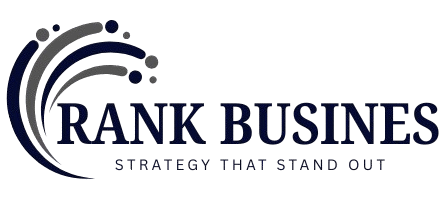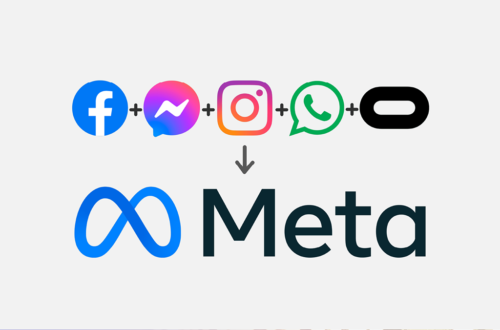Political Tension Builds Around the Federal Reserve
Former President Donald Trump is reportedly planning a visit to the Federal Reserve amid increasing speculation that he is seeking to influence monetary policy ahead of the 2026 presidential campaign. This planned visit comes at a time when Fed Chair Jerome Powell is already under heavy scrutiny from multiple fronts — including Congress, Wall Street, and now, increasingly, from Trump-aligned figures seeking to reshape America’s economic direction.
While such a visit by a former president might seem out of the ordinary, Trump has made no secret of his desire to see interest rates come down. During his presidency, he repeatedly criticized Powell for keeping rates higher than Trump deemed appropriate, especially when economic indicators suggested the U.S. economy was cooling. The upcoming visit has reignited discussions over the independence of the Fed and whether political pressure could shape monetary decisions in the months ahead.
Trump’s Return to the Economic Arena
Trump’s renewed engagement with economic policy isn’t surprising. He has always portrayed himself as a dealmaker with a deep grasp of financial systems. His administration pushed for deregulation, tax cuts, and repeatedly urged the Fed to support growth through easier monetary policy. Now, with inflation showing signs of moderation and unemployment relatively low, Trump appears to be positioning himself as the candidate who can “fix” what he sees as a faltering recovery under the current administration.
This planned interaction with the Fed, whether formal or symbolic, comes at a time when interest rates remain elevated. Powell has maintained a cautious stance, signaling that cuts will only come once inflation is firmly under control. Trump’s likely message — that monetary policy should pivot now to avoid stalling growth — is expected to clash with Powell’s more data-driven approach.
In the background, many observers are questioning whether Trump’s visit will reflect genuine economic concern or a calculated political maneuver. Either way, the move reinforces Trump’s intent to take an aggressive stance on financial matters as he continues to shape his re-election platform.
Powell Caught in the Crossfire

Jerome Powell is now in his second term as Fed Chair. He faces political pressure that echoes — and may even exceed — what he dealt with during Trump’s presidency. Although he’s tried to shield the central bank from politics, a possible Trump meeting could still raise eyebrows.
Powell has built his leadership on steady, measured policy decisions. He has worked to communicate clearly with the public, emphasizing the Fed’s dual mandate of price stability and maximum employment. However, recent economic data — including mixed job numbers, stubborn rent inflation, and slowing consumer spending — have made his path more difficult to navigate.
Within Washington, there’s also a growing divide between those calling for immediate rate cuts and those urging caution. Progressive lawmakers have criticized the Fed for keeping borrowing costs high, while fiscal conservatives demand discipline to avoid reigniting inflation. Trump’s entry into this debate complicates Powell’s already precarious position. Many now see his institution not only as a technocratic body, but also as a battleground for competing ideologies.
Campaign Optics and Strategic Messaging
Trump’s planned visit will likely be heavily stage-managed. The messaging targets voters concerned about pocketbook issues. His campaign knows economic anxiety runs high in many swing states. Central banks, once obscure, are now part of public debate.
By taking aim at Powell and the Federal Reserve, Trump can present himself as fighting for lower mortgage rates, cheaper credit cards, and more accessible small business loans. It’s a populist playbook he has used before, with notable success.
What’s different now is the political environment. President Biden’s administration has kept a more arms-length relationship with the Fed, and has refrained from public pressure tactics. Trump’s open criticism, and now a symbolic visit, presents a stark contrast that could appeal to voters who feel disconnected from the elite institutions of government and finance.
The Fed’s Independence at Stake
While the Federal Reserve is designed to operate independently of political influence, the reality is more complicated. History shows that presidents have often tried to shape monetary policy indirectly. From Nixon to Reagan to Trump himself, central bank leaders have faced outside pressure to support economic goals tied to election cycles.
Still, most economists argue that the Fed must be free from political interference to effectively manage inflation and unemployment. When short-term electoral goals override long-term economic stability, the risk of unintended consequences grows.
This context makes Trump’s upcoming visit more than a campaign gesture. It has the potential to unsettle financial markets, influence investor confidence, and further complicate the delicate task Powell faces in navigating interest rate decisions. Some analysts have warned that political theatrics around monetary policy could create confusion for businesses and households trying to plan ahead.
Media Coverage and Public Perception
The media is already preparing for wall-to-wall coverage of the visit. Financial networks are expected to dissect every aspect of the optics — from what is said to who attends. Market watchers will look for signs of tension or alignment between Trump and Fed officials. For now, Powell has not commented on the potential meeting.
Public response may be divided. Trump’s core supporters are likely to see the visit as bold leadership, while his critics may view it as another example of politicizing independent institutions. The broader public, however, might focus more on how it impacts their wallets: Will interest rates fall faster? Will home ownership become more affordable again?
Even within Republican circles, the move is drawing mixed reactions. Some praise Trump for being proactive and forcing a conversation about growth. Others worry that dragging the Fed into campaign politics could backfire by reducing investor trust or triggering premature policy shifts.
Central Banks in the Political Crosshairs
This isn’t the first time a central bank has come under political pressure, and it won’t be the last. Across the world, monetary policy is increasingly scrutinized not just by economists, but by political operatives and voters. Trump’s move to engage the Federal Reserve shows how these once-quiet institutions now shape the nation’s direction.
It’s also a reminder of how economic policy is no longer confined to charts and models — it’s a livewire issue, and the stage is getting more crowded. With Trump’s influence growing as the next election cycle approaches, Powell and the Fed may have to prepare for more political turbulence ahead.
And for those watching closely, this visit may be less about what’s said in private — and more about what it signals publicly. The pressure on Powell is mounting, and with a high-profile guest arriving soon, all eyes will be on Constitution Avenue.






